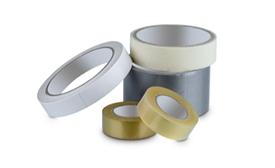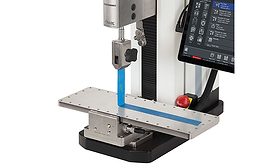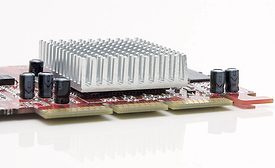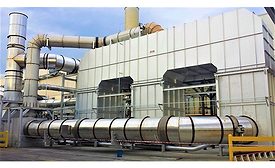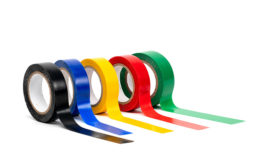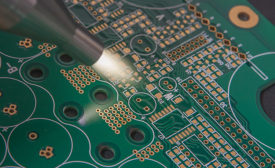Featured on Home Page
Tape Talk
The Pressure Sensitive Tape Council plans to provide its members with new opportunities to network and continue refining their skills.
Read More
Advancing Adhesives
Structural Adhesive Pushes Performance Boundaries for Composite Armor Systems
A new high-strength and highly ductile adhesive offers performance benefits in the harshest operating environments.
April 5, 2021
Testing Adhesives: Force Measurement to the Rescue
Recent advancements in force measurement can help adhesives manufacturers keep up with changing customer demands.
April 1, 2021
Adhesives for Electronics Assembly
Adhesives provide a strong bond during electronics assembly while protecting components against potential damage.
March 29, 2021
Improving Efficiency and Sustainability in Composites Bonding
A new system comprising a curing oven, regenerative thermal oxidizer (RTO), and secondary and tertiary heat exchangers can help reduce operating costs while ensuring the safe removal of volatile organic compounds during composite bonding processes.
March 24, 2021
Case Study
Optimizing Efficiencies for Hot-Melt Adhesives
A Spain-based tape manufacturer has optimized its production process with the installation of a new static mixer reactor.
March 22, 2021
Exploring Renewable Carbon-Based Raw Materials for Adhesives and Sealants
Producers of adhesives and sealants can reduce their carbon footprints by turning to materials based on renewable carbon sources, but obstacles remain.
March 18, 2021
Ask Dr. Dave
Understanding Two-Component Adhesives
Why do we have to use two-component adhesives and meter/mix equipment in our assembly and repair operations?
March 16, 2021
From the Editor
COVID-19 Prompts A New Digital Age: ASI Launches Dynamic eMagazine Format
Many of the adaptations innovated in the past year due to the necessity of COVID-19 have actually made our lives easier and more efficient—and we aren’t looking back.
March 11, 2021
Pretreatment Solutions for Improving Adhesion in Electronics Applications
Blown ion plasma and flame plasma are effective and repeatable treatment methods that take the guesswork out of electronics manufacturing bonding processes.
March 8, 2021
Keep the info flowing with our eNewsletters!
Get the latest industry updates tailored your way.
JOIN TODAY!Copyright ©2024. All Rights Reserved BNP Media.
Design, CMS, Hosting & Web Development :: ePublishing
